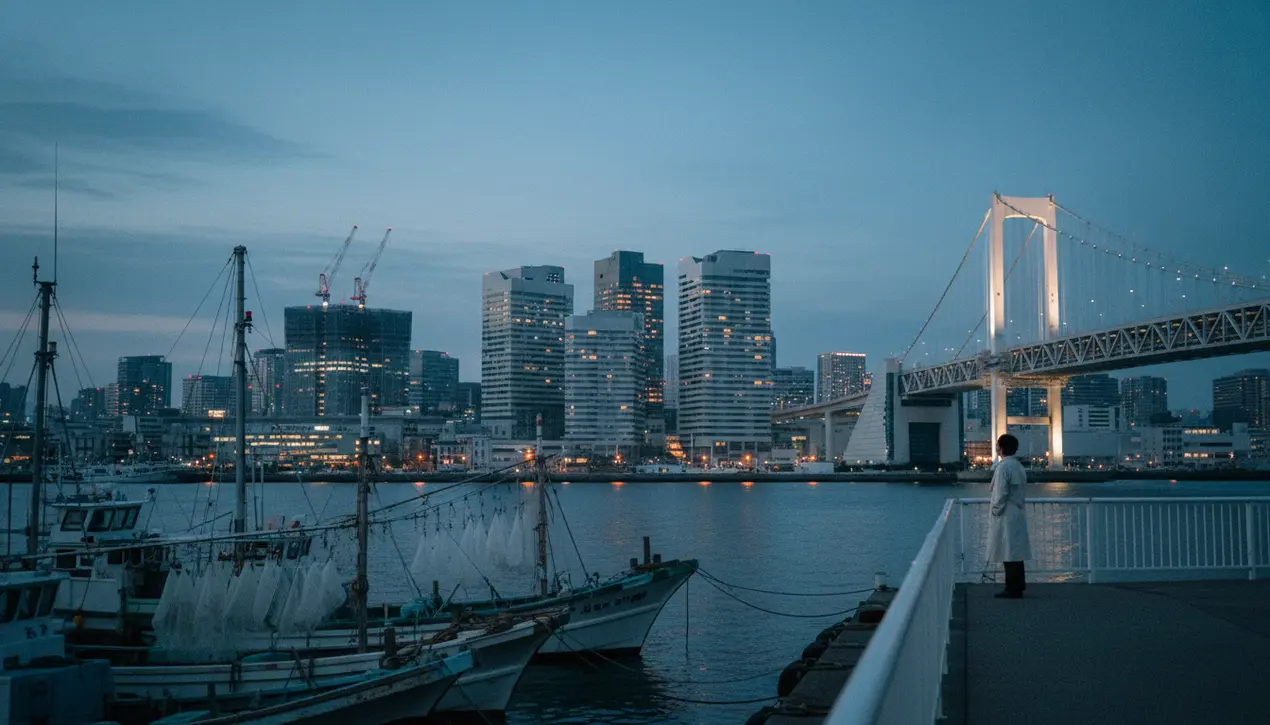
Politicsgovernments & cabinetsGovernment Formations
Japan's leader demurs on making Osaka the second capital.
RO
Robert Hayes
15 hours ago7 min read4 comments
The political maneuvering that secured Sanae Takaichi's premiership for the Liberal Democratic Party last October has left a significant, unresolved question hanging over Japan's future: the official status of Osaka. In the delicate scramble to form a coalition, Takaichi appeared open to the demands of the Japan Innovation Party, a regional political force whose central plank is the elevation of their home city to a 'second capital.' This is not merely a symbolic gesture; the proposal is rooted in the pragmatic, albeit terrifying, necessity of establishing a fully functional backup seat of government should a catastrophic natural disaster, such as the long-anticipated Nankai Trough megathrust earthquake, render Tokyo inoperable. The concept echoes historical precedents where nations have established secondary capitals for security reasons, much like the United States during the Cold War, which developed continuity-of-government protocols and alternate command centers to ensure survival in a nuclear exchange.For Japan, a nation perched on the Pacific Ring of Fire, the threat is not geopolitical but geological, a constant, low-frequency hum of existential risk that periodically erupts into national trauma, as it did on March 11, 2011. The JIP's demand, therefore, taps into a deep-seated national anxiety, proposing a solution that would not only decentralize political power from the overwhelming gravitational pull of Tokyo but also invest heavily in Osaka's infrastructure—from hardened parliamentary buildings to secure communications networks—to make it a true administrative duplicate.However, Takaichi's subsequent demurral is a classic study in the tension between visionary policy and political reality. While the strategic rationale is compelling, the financial and bureaucratic hurdles are Herculean.The cost of replicating the core functions of the national government in a second city would run into the tens of billions of dollars, a tough sell for a nation grappling with a massive public debt, an aging population, and stagnant economic growth. Furthermore, it would ignite a fierce political battle with other major urban centers, notably Nagoya, and challenge the deeply entrenched interests of the Tokyo-centric bureaucracy, which would likely resist any dilution of its influence.From an analytical perspective, Takaichi's hesitation suggests a calculated political gambit. By not outright rejecting the proposal, she keeps the JIP, a valuable coalition partner, within the tent, while avoiding the immediate firestorm that a firm commitment would provoke.She is, in effect, kicking the can down the road, a time-honored political tactic for dealing with divisive, long-term issues. The ultimate fate of the 'second capital' initiative will thus serve as a critical barometer of Takaichi's political strength and her government's capacity for structural reform. It pits the urgent demands of national resilience against the immense inertia of the status quo, a battle whose outcome will define Japan's preparedness for the next great crisis and reshape the nation's political geography for generations to come.
#lead focus news
#Japan
#Sanae Takaichi
#Liberal Democratic Party
#coalition
#Osaka
#second capital
#disaster preparedness
Stay Informed. Act Smarter.
Get weekly highlights, major headlines, and expert insights — then put your knowledge to work in our live prediction markets.
Comments
Loading comments...
© 2025 Outpoll Service LTD. All rights reserved.